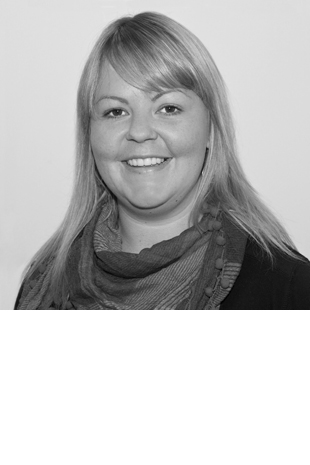Connecting the dots between community philanthropy, women’s philanthropy and feminist philanthropy
10 Dec 2024
In 2020, the GFCF, together with Serbian feminist activist and consultant, Marija Jakovljević, embarked on a journey of inquiry to better understand the intersections, similarities and differences between “community philanthropy”, “women’s philanthropy” and “feminist philanthropy.” The background for the research was the GFCF’s experience of partnering with organizations from across the three categories over many years, and of the distinct value that that diversity has always brought to its global network and the larger body of work around resources and power that it has sought to advance. At the same time, certain ideological fractures and tensions have also often existed across the domains of community philanthropy, women’s philanthropy and feminist philanthropy, inhibiting partnerships, the cross-pollination of practices and the exercise of collective voice.
In November 2024, the GFCF published Community Philanthropy, Women’s Philanthropy and Feminist Philanthropy: understanding opportunities and challenges for collaboration to improve women’s and communities’ realities (a longer version of the report, which includes an extensive literature review, is also available). The GFCF also hosted two online conversations (see recordings above) to discuss the report’s findings, with contributions from practitioners and activists from across the participatory, solidarity and social justice philanthropy eco-system in Argentina, Hungary, India, North Macedonia, Mexico and Uganda.
Introducing the report, Marija began by highlighting the fact that when the initial research interviews were conducted, conversations on community philanthropy, women’s philanthropy and feminist philanthropy were still largely happening in isolation from each other. And yet it was also clear that there were shared principles, values and approaches that cut across all three practices. In the words of one participant, “We are all already in the same room, we have just entered through different doors.” While each body of work has its own distinct origin story (or stories), contributors to the report described fundamental similarities in terms of shifting power, modeling new, more democratic, forms of philanthropy and in advancing and claiming rights. All seek to build assets, capacities and trust within and among the different communities they serve, and care and healing also often form an important aspect of their work too.
“We are all already in the same room, we have just entered through different doors.”
Despite these similarities, Marija clarified that the purpose of the report was never to blur the uniqueness of each or to say that community philanthropy, women’s philanthropy and feminist philanthropy are the same thing. It was rather about discovering shared interests and values and amplifying these.
Participants discussed the importance of intersectionality and the potential limitations of single-issue approaches. Language, and what it can signal, and intention, were discussed at length. On the one hand, the international funding system has imposed categories in the form of issue-based siloes such as gender, climate, community development etc., which create artificial differences and keep civil society actors and movements disconnected from each other (and these have often been internalized by local actors too). At the same time, participants spoke of the importance of proactively “naming” things in order to distinguish and define them, to imbue them with meaning, cautioning, for example, against an uncritical embrace of words like “community”, which can evoke contrasting connotations and associations. Communities can be inclusive and forward-looking, but they can also be spaces of intolerance, anti-minority sentiments, patriarchy, etc. Within feminist and women’s movements concerns about – and direct experiences of – the potential dilution of gender and social justice goals remain strong, particularly in contexts where women’s and sexual minority communities’ rights are often far from being realized.
Careful and deliberate use of language, which acknowledges complex realities on the ground (and the fact that no one lives single-issue lives) and recognizes that words can also be open to appropriation or abuse (i.e. saying, but not doing) was important.
“At this point, is it feminist philanthropy, women’s philanthropy or community philanthropy, and does it matter what it is called, or do actions speak louder than words?”
In the current global context of populist authoritarianism, which is often accompanied by a backlash against civil society in general, and social and political rights in particular, strategies that build a bigger “us” are more important than ever. Nimble, agile, trust-based networks, through which diverse groups can come together around shared goals and without feeling as though they are losing a part of themselves, offer one form of resilience. Sometimes this might require the use of different language which can provide tactical cover to, for example, women’s rights organizations, or striking new kinds of alliances between unusual allies. In this kind of scenario, local resource mobilization might be an additional strategy through which to harness and deploy new kinds of solidarity-based resources to advance women’s rights, for example. At this point, is it feminist philanthropy, women’s philanthropy or community philanthropy, and does it matter what it is called, or do actions speak louder than words?
In conclusion, participants in both meetings agreed that, in the context of intersecting global crises, there was a particular urgency that calls for new forms of organizing which are ambitious and inclusive in nature, and which harness the power and networks of over twenty years of system strengthening and deep relationship building within feminist, women’s and community philanthropy spaces and beyond, and which are also rooted in the belief that alternative futures are possible and within our collective reach.
What would next steps to build a “bigger us” look like? Comments are welcome.

